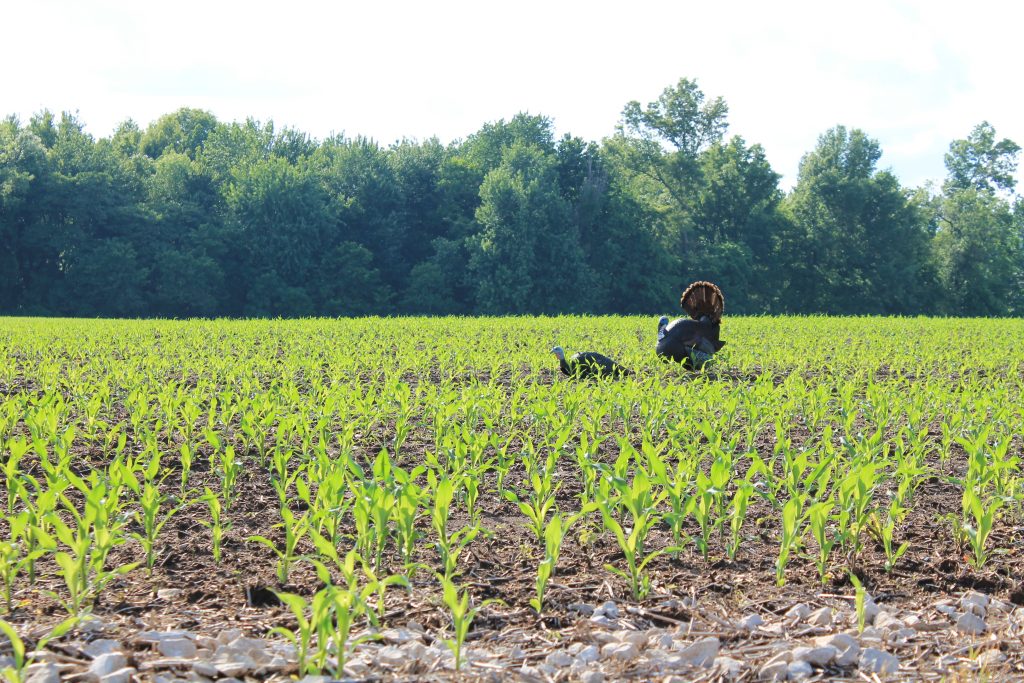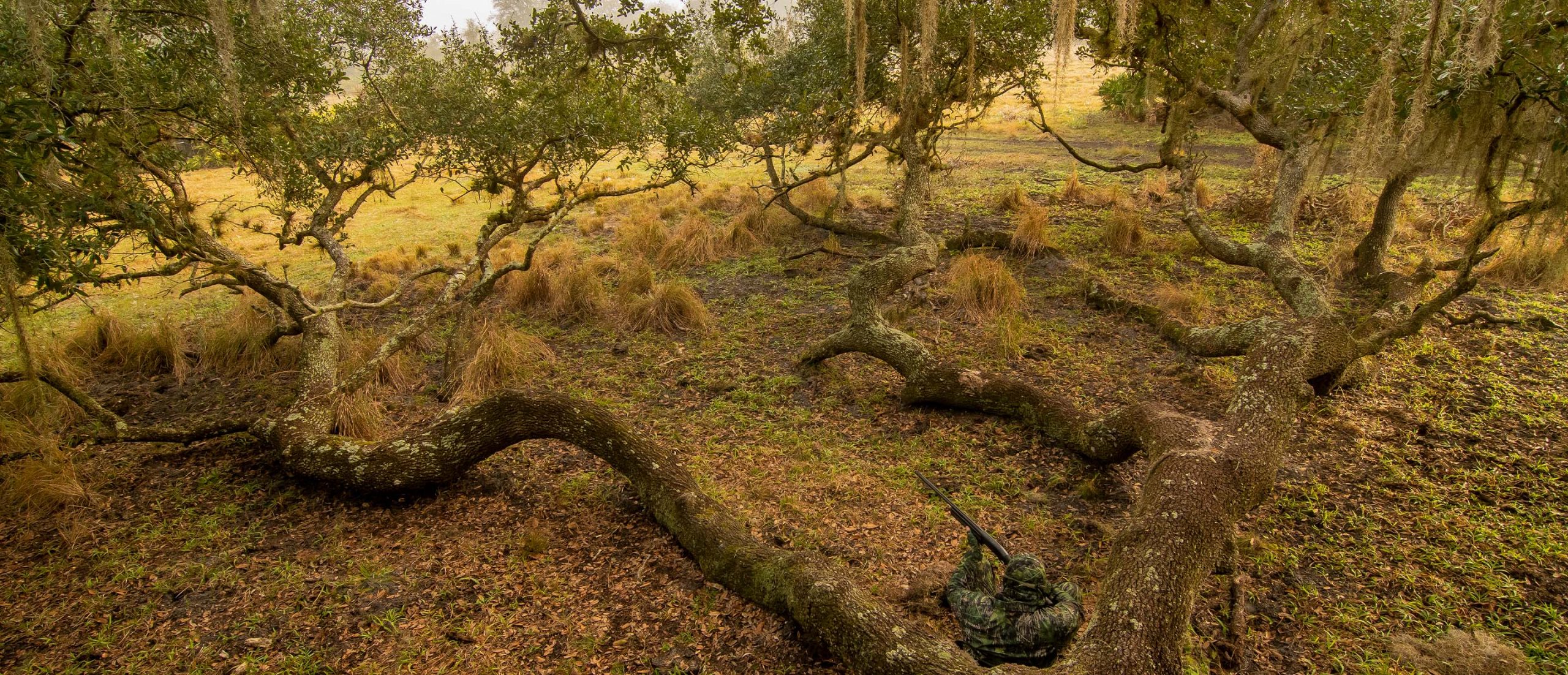Getting Past the Roost
Hunting midday turkeys is oftentimes easier and more productive than chasing them right off the roost. Here’s why and how.
A symphony of gobbles serenades the rising sun. The cacophonous rhythm of yelps, clucks, cuts, and purrs spur every drop of adrenaline the body can produce, setting a fire coursing through the veins unparalleled by anything else a turkey hunter can experience. Then, the flock flies down, hits the ground, shuts up, and the fun ends. Henned-up turkeys remain as such for several hours …
Because of this, I’ve killed most of my turkeys between mid-morning and mid-afternoon. Not all states permit this, but some do. In these, it’s a much better time to turkey hunt.
The When: It’s A Lonely Time for Longbeards
Early in turkey season, longbeards oftentimes remain henned up all day long. And if they lose their hens, the midday window is usually narrow. This makes it difficult — but not impossible — to call gobblers away from their hens.
“Roost hunting can be challenging for many reasons,” championship turkey caller Hunter Wallis said. “The No. 1 reason is a gobbler is roosted moderately close to, if not with some hens, especially in the early part of the season. When all those birds first fly down, they get together quickly and don’t have much reason to leave the hens they already have.”
This continues to be the case well into the peak breeding phase and begins to taper off later in the season. As spring progresses, gobblers lose their hens earlier and for longer midday periods, before regrouping prior to the roost. This window widens with each passing day of the season, until eventually, they spend no time at all together. This makes midday hunting better throughout the season, but especially during the second half.
“The hens have slipped away from the gobblers to lay and leaves the gobbler lonely,” champion turkey caller Chris Parrish said. “Thus, now he is much more vulnerable to calling and willing to come check out the vocal hen.”

The Where: Find the X, Find the Turkeys
Midday turkeys are generally found in the some of the same places. Knowing what these places look like and where these are located is an important part of the midday turkey hunting process.
“One should have done a decent job of scouting to know how the turkeys are using the area,” Parrish said. “This will give you a good idea on where you want to be at a certain time. I prefer to go early so I know things haven’t changed from my scouting. However, you can certainly catch a few extra ZZs and have a great midmorning hunt.”
Wallis agreed, adding, “Starting around midmorning looking for birds out and about in fields drying off can be super deadly during the middle part of the day. Even on sunshine days, sometimes leaving them alone off the roost and not messing with them until the middle part of the day is a great way to lay some pressure off the birds and get to them when they’re hot.”
Most birds will be located inside of cover, especially on pressured lands and on warmer days. Cedar thickets and other areas with shaded canopies hold birds, too. Small, secluded water sources are also solid spots to try. And if you know where dust bowls, strut zones and other key areas are located, keep those in mind, too.
The How: Use A Tactical Approach
So, does all of this mean you can sleep in and still have a dedicated plan of attack? Absolutely. But only if you know exactly how to approach these birds.
“I like to keep it very simple during midday,” Wallis said. “If you have access to lots of property, just keep moving: running and gunning and checking different areas until you find the right one. If you don’t have too many places to hit and know where the turkeys will be, just kick back and set up for an hour or two calling intermittently and wait on them to show up.”
If you opt to run and gun, try calling every 75-100 yards. Some prefer to use a daytime locator call, such as a crow or pileated woodpecker. Others stick with the triedand- true hen yelp. Either way, give it a few minutes, then move on.
If birds aren’t talking, you might have to move slower. Spend less time calling and more time using your binos. Turn it into a still hunt, so to speak. And if that doesn’t work, or you’re bumping birds, just sit down in a proven midday spot and wait.
Bonus: Public Land Game Plans
Can you miss the morning rush hour on private or public land and still find loafing birds when the crowd is gone? Again, the answer is a resounding yes.
“Public land, in my opinion, gets better after the pressure is off, and that is generally the early morning hours,” Parrish said. “The theory I use on public land is midweek hunting after the weekend hunters are out of the area. Much of the time, turkeys get split up from each other leaving a gobbler without a hen for several days. So, midweek they are very likely to be on fire to be with a hen. Some of my most memorable hunts are on public land using this tactic.”
Timing aside, you still must have the right approach. Learn the habits of how turkeys use the property. Don’t waste time hunting unproductive or low-odds spots.
Then, start the hunt by working through popular midday loafing spots. These are usually no different than on private land, but if birds are pressured out of such spots, these might look slightly different. If you just can’t find birds, find potential midday hotspots with the most sign. Then, set up and be patient.
